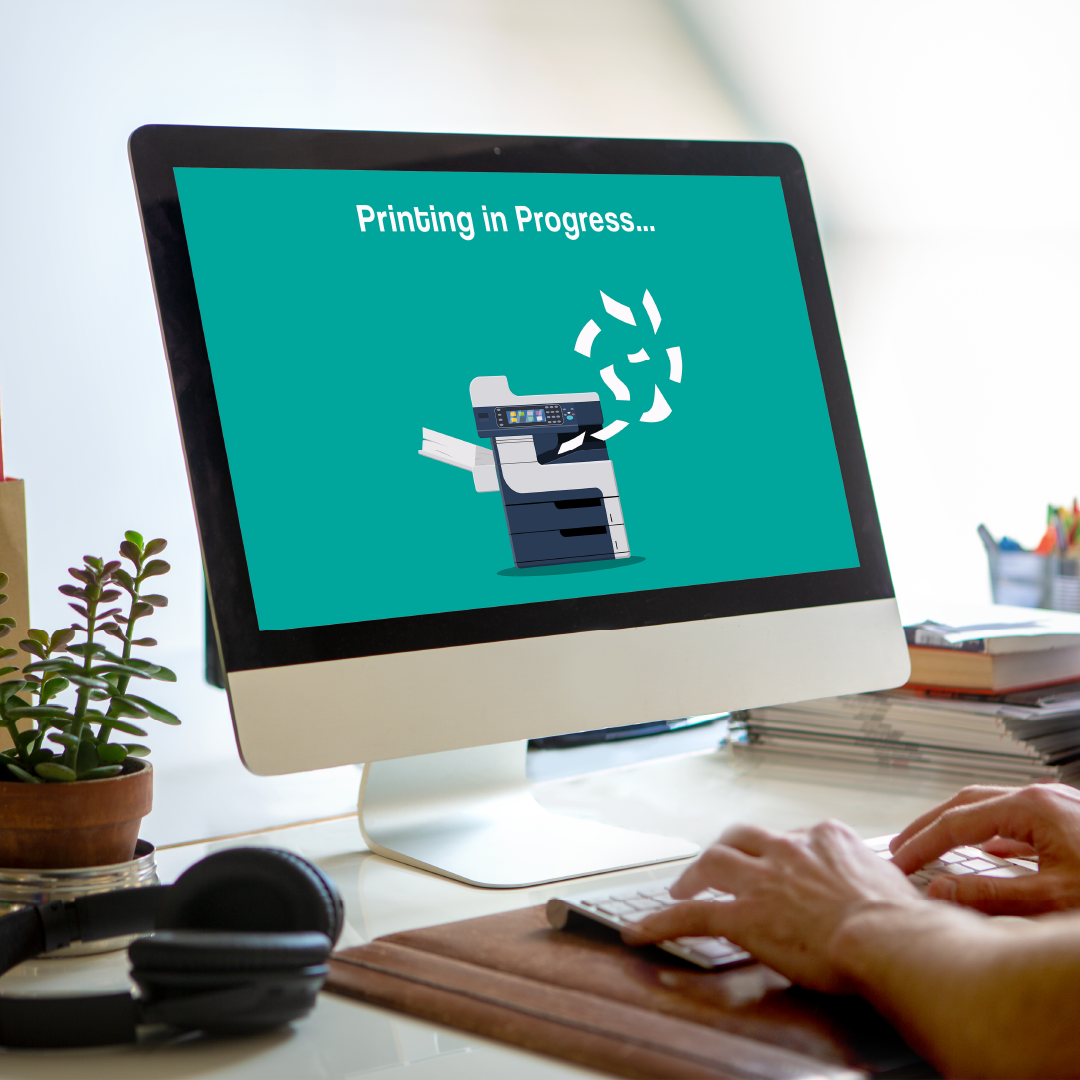Is Print Dead? An Exploration of Print’s Reinvention in a Digital World
2024-09-11 12:26:35

As digital technology reshapes South Africa, businesses are constantly finding new ways to adapt and thrive. Business printer solutions are helping bridge the gap between traditional and digital methods, showing that print is far from obsolete. The print industry is not disappearing but evolving, integrating with document printing solutions and modern technologies.
How office printing solutions and traditional methods have changed to remain relevant today
The Shift: From Print to Digital
In the past, print was the main way to share information, including newspapers, magazines, books, and brochures. However, the rise of digital media has caused a major change, impacting how we create, share, and consume content. Digital marketing relies on speed and reach, challenging the dominance of traditional methods.
However, this doesn’t spell the end of print. With advancements like office print management, print is adapting, blending with digital formats to meet modern business printing needs.
Print’s Strength: A Closer Look
Even in a digitally dominated era, the print industry has remained strong by embracing innovation, such as printer leasing solutions and managed print services.
The Tactile Experience: A Sensory Connection
Print media provides a sensory experience unmatched by digital formats. Holding a brochure or feeling the quality of office printing hardware creates a deeper connection with content. For campaigns requiring emotional impact, high-volume printer rental options ensure effective and memorable material distribution.
Credibility and Brand Perception
Traditional media adds credibility to marketing efforts. A professionally printed document from a commercial printer rental speaks volumes about a brand’s reliability.
Premium materials, such as those from copier rental for business, can elevate brand perception. Businesses can use office printer leasing to access high-quality devices without upfront costs, improving efficiency and professionalism.
The Power of Physical Advertising in a Digital World
In a noisy digital landscape, print provides a welcome change. Physical materials like flyers or magazines often have greater visibility. Colour printer rental solutions help companies produce eye-catching designs, ensuring their marketing stands out.
This is especially true for companies investing in networked office printers that integrate seamlessly with broader document workflow solutions.
Combining Media: A New Approach
Blending print and digital strategies is the way forward for marketers. Businesses leveraging multi-function printer rental setups can create cross-channel campaigns, seamlessly linking print materials to digital platforms.
Cross-Channel Campaigns
Using QR codes and custom URLs on printed materials connects offline and online efforts. With tools like business printer lease plans, companies can optimise their print campaigns while boosting their online presence.
Augmented Reality (AR) and Interactive Media
AR has revolutionised traditional print, bringing interactivity to brochures and ads. Businesses utilising printer fleet management can integrate AR technologies to enhance customer engagement.
Eco-Friendliness and Innovation
Eco-conscious practices are now standard in the printing industry. Using eco-friendly office printing equipment, such as commercial printing equipment, reduces environmental impact and appeals to customers prioritising sustainability.
Businesses can also turn to wireless printer rental for greener, energy-efficient setups tailored to their needs.
Looking Ahead: Key Considerations for Industry Professionals
Embracing Multichannel Strategies
Blending traditional and digital methods can elevate marketing. Accessing enterprise printer rental services enables companies to create diverse, multi-channel campaigns.
Leveraging Data and Analytics
Using analytics alongside office printer services provides deeper insights into campaign performance. Tracking results from both printer rentals near me and digital efforts ensures a cohesive strategy.
Innovating for Relevance
With options like all-in-one printer rental, businesses can explore innovative formats to captivate audiences. Keeping up with office printer lease rates ensures organisations stay competitive while maintaining cost efficiency.
Conclusion
The claim that print is obsolete overlooks its evolution. Through business printer hire, short-term printer rental, and modern printer rental services, print has become more flexible and impactful. By combining print with digital tools, companies can achieve better engagement and stronger results.
At Daisy Business Solutions, we specialise in tailored business printer support and scalable solutions. From long-term printer lease plans to office printer maintenance, we have everything you need to future-proof your operations. Contact us today to learn more about our printer for office use and customisable printer service contracts!


